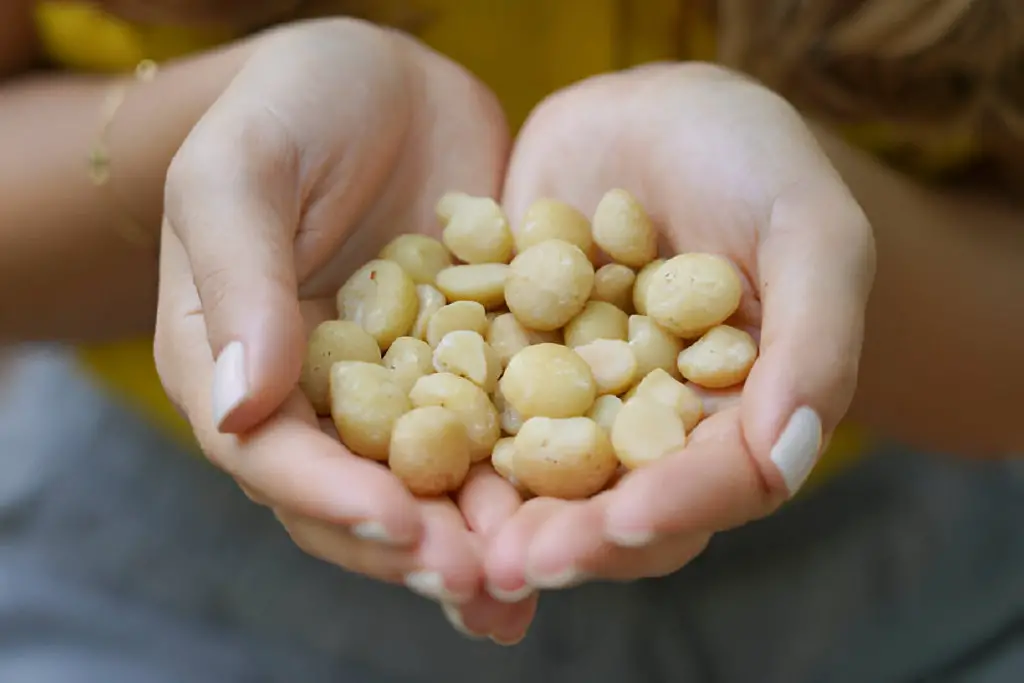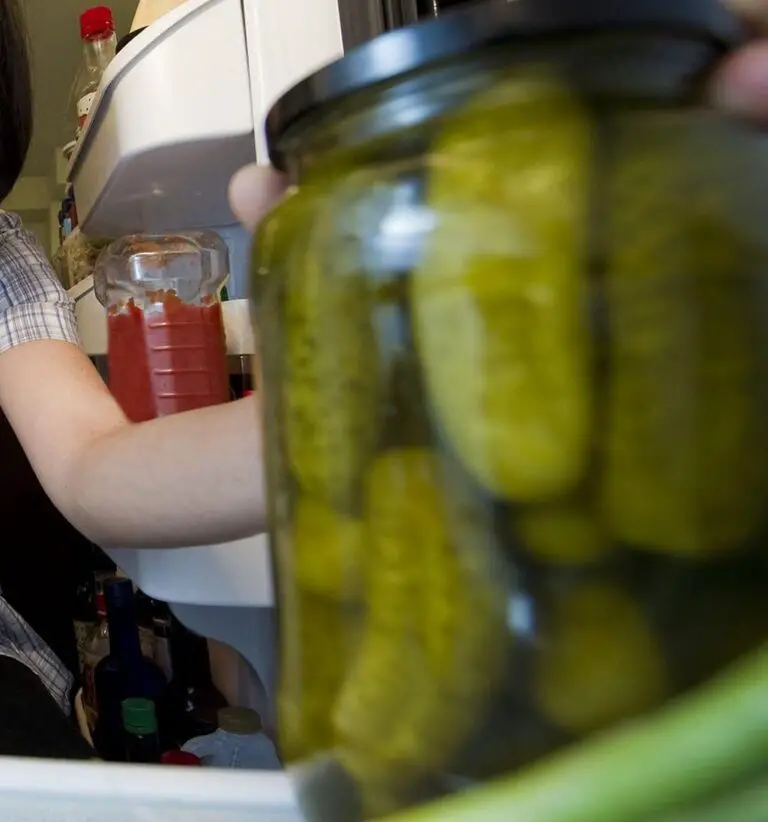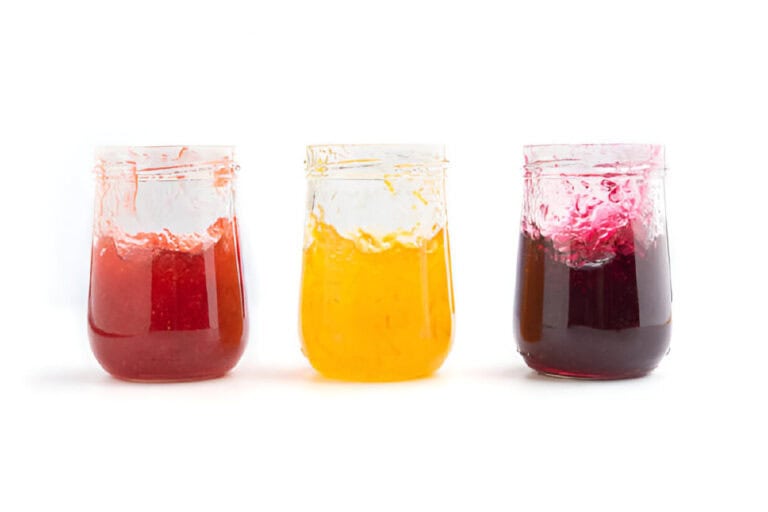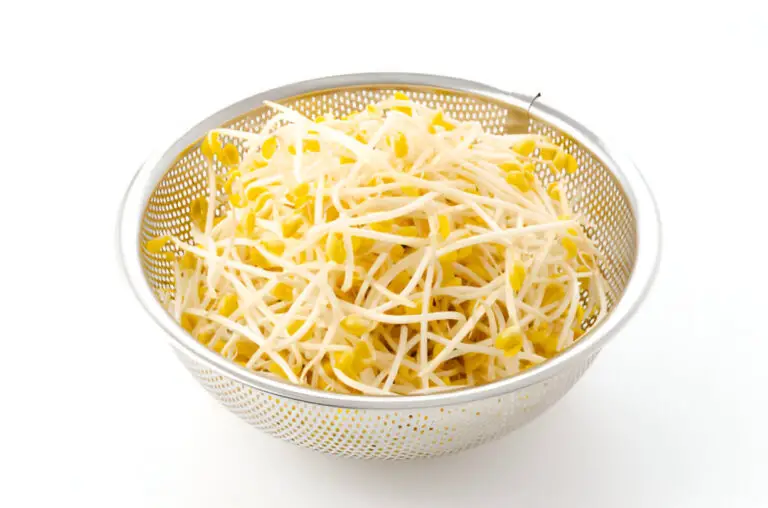Raw Macadamia Nuts: Safe to Eat or Best Left Toasted?

Macadamia nuts are a delicious indulgence, known for their rich, creamy texture and subtle, buttery flavor. Whether sprinkled on a salad, baked into cookies, or enjoyed straight from the jar, they bring a touch of luxury to any dish. But when it comes to eating them raw, some of us might pause and wonder: is it actually safe to enjoy macadamia nuts straight out of their shell, or should they always be toasted first?
Have you ever found yourself standing in the snack aisle, pondering whether to buy raw or roasted macadamia nuts? Are you curious about the potential benefits or risks of eating them raw?
While some nuts are best enjoyed roasted to unlock their full flavor, others lose valuable nutrients in the process. So, where do macadamia nuts fall on this spectrum? And more importantly, does eating them raw pose any health risks?
This article will tell you the facts about eating raw macadamia nuts. It will cover the pros and cons of consuming them in their natural state. We’ll cover the nutrition, safety, and flavors. This will help you choose what’s best for your health and taste buds.
Let’s crack open this nut and see if raw macadamia nuts are a safe snack or if they’re best left toasted.
How to Choose Quality Macadamia Nuts
To choose high-quality macadamia nuts, consider a few key points. This will ensure their freshness and flavor. When selecting raw or roasted macadamias, look for nuts that are plump and uniform in size.
Avoid nuts that appear shriveled or have an off smell, as these may indicate staleness or spoilage. For roasted nuts, a golden-brown color and a crispy texture are good indicators of proper roasting.
Sourcing macadamia nuts from reliable suppliers is equally important. Opt for organic and non-GMO options whenever possible, as these choices often reflect better quality and sustainability. Reliable suppliers provide detailed product info and certifications. This ensures the nuts are free from harmful additives.
By choosing high-quality, ethically sourced macadamias, you get great flavor. You also support eco-friendly practices.
The Temptation of Raw Macadamia Nuts

Raw macadamia nuts are like the fancy, unpolished gemstones of the nut world—natural, wholesome, and packed with potential. They’re rich in healthy fats, vitamins, and minerals.
With their smooth, buttery flavor, they make a tempting, straightforward snack. But is eating them raw a safe bet, or are there hidden risks?
The Pros of Eating Raw Macadamia Nuts
Before diving into the safety concerns, let’s appreciate what makes raw macadamia nuts a nutritious choice:
- Nutrient Density Raw macadamia nuts pack a punch of essential nutrients. They’re brimming with monounsaturated fats, which are heart-healthy, and they provide a good dose of vitamins B1, B6, and magnesium.
- Natural Goodness Eating them raw means you’re getting the nuts in their most natural state, without any added oils, salt, or other seasonings. It’s like enjoying a meal straight from nature’s pantry.
- Unprocessed Flavor Raw macadamia nuts have a subtly sweet, nutty flavor. It’s a pure taste that roasting can sometimes overshadow.
Here’s a snapshot of what you get with a 1-ounce serving of raw macadamia nuts:
| Nutrient | Per 1 oz (28g) | % Daily Value |
| Calories | 200 | – |
| Total Fat | 21g | 32% |
| Saturated Fat | 3.4g | 17% |
| Carbohydrates | 4g | 1% |
| Protein | 2g | 4% |
| Fiber | 2.4g | 9% |
| Magnesium | 36mg | 9% |
| Vitamin B6 | 0.1mg | 5% |
| Iron | 1.1mg | 6% |
The Cons of Eating Raw Macadamia Nuts
While raw macadamia nuts have their perks, there are a few potential drawbacks to consider:
- Digestive Issues Eating nuts raw might cause digestive discomfort for some people. The high fat content can be heavy on the stomach, leading to bloating or upset. It’s like eating a rich dessert before dinner—delicious, but potentially a bit too much for your tummy.
- Potential Contaminants Raw nuts, including macadamias, can harbor bacteria or mold if not handled or stored properly. While rare, this can be a risk. Roasting can help mitigate this issue by killing off any potential contaminants.
- Raw nuts contain oxalates and phytates. They can block mineral absorption. It’s a bit like having a great meal but missing out on some of the nutrients because of what you ate it with.
Roasting: The Warm Embrace
Roasting macadamia nuts boosts their flavor. It also reduces some risks of eating them raw. Here’s what roasting does:
- Improved Safety Roasting helps kill off harmful bacteria and molds. It’s like giving the nuts a thorough clean and a warm hug, ensuring they’re safe to enjoy.
- Enhanced Flavor Roasting brings out a deeper, richer flavor. The nuts develop a toasty, caramelized quality that adds complexity to their taste—a real treat for your taste buds.
- Better Digestibility Roasting can make the nuts easier on your digestive system. The process breaks down some of the fats and makes the nuts a bit lighter on the stomach.
Balancing Raw and Roasted
So, should you stick to raw macadamia nuts, or are roasted ones the way to go? It all boils down to personal preference and how your body responds:
- If You Enjoy Raw Nuts: Go ahead and enjoy raw macadamia nuts if you love their natural taste and don’t have any digestive issues. Just make sure they come from a reputable source and are stored properly to minimize any risks.
- If You Prefer Roasted Nuts: Roasted macadamia nuts offer a richer flavor and added safety. They’re a great option if you’re looking for a snack with a bit more depth or if you have a sensitive stomach.
Cooking with Macadamia Nuts: A Guide
Cooking with macadamia nuts opens up a world of culinary possibilities due to their rich, buttery flavor and crunchy texture. When using raw macadamias, consider adding them to salads, yogurt, or trail mixes for a nutritious boost.
Toasting the nuts enhances their flavor and adds an extra layer of crunch, making them ideal for topping soups, pasta dishes, or even as a garnish for roasted vegetables.
Macadamia nuts shine in a variety of popular dishes. They are often used in cookies and cakes, adding a delightful crunch and rich taste. They also complement savory recipes such as crusted fish or chicken, where their nutty flavor enhances the overall dish.
Beyond traditional uses, try incorporating macadamias into homemade nut butters, smoothies, or even as a base for creamy sauces. Their versatility makes them a fantastic ingredient for both sweet and savory recipes.
| Related: Macadamia Nuts vs. Pistachios: A Comparison of Flavor, Nutrition, and Uses |
Tips for Enjoying Macadamia Nuts Safely
- Store Properly: Keep your macadamia nuts in an airtight container in a cool, dry place to maintain freshness and prevent mold growth.
- Moderation is Key: Whether raw or roasted, enjoy macadamia nuts in moderation. They’re calorie-dense, so a small handful goes a long way.
- Mix It Up: Incorporate macadamia nuts into dishes rather than eating them by the handful. Sprinkle them on salads, blend them into smoothies, or use them in baking to balance their richness with other ingredients.
- Check for Freshness: Make sure the nuts are fresh and haven’t gone rancid. Fresh nuts should have a pleasant, nutty aroma rather than a sour or off smell.
Wrapping It Up
Whether you choose raw or roasted macadamia nuts, both options can be part of a healthy diet. Raw nuts provide a pure, unprocessed taste, while roasted ones offer enhanced flavor and added safety. It’s all about finding what works best for you and savoring these creamy, luxurious treats in a way that fits your taste and dietary needs.
So next time you reach for that bag of macadamia nuts, whether raw or roasted, you’ll know exactly what you’re getting—and what’s best for your snack time.






